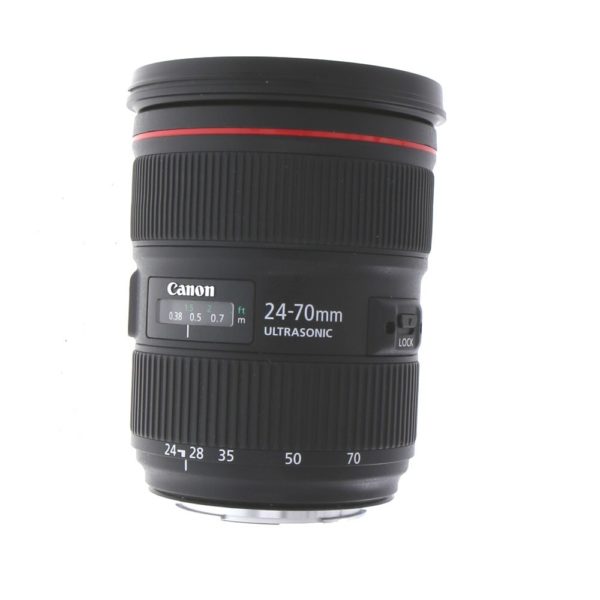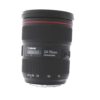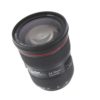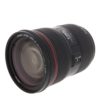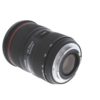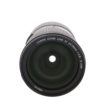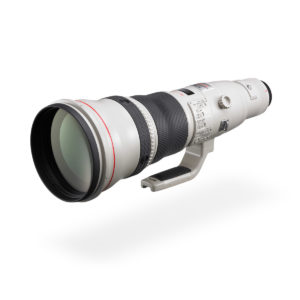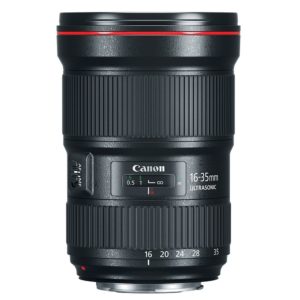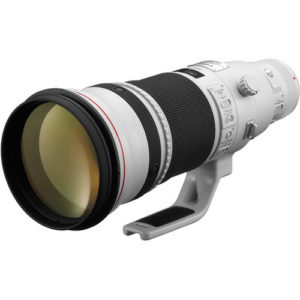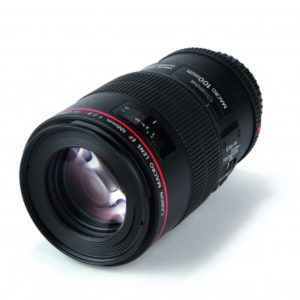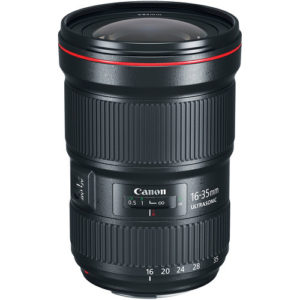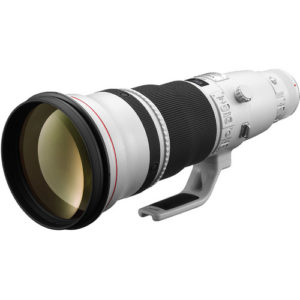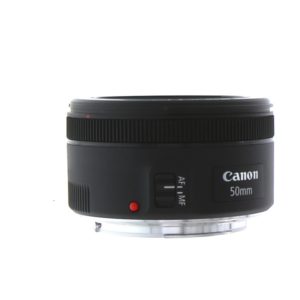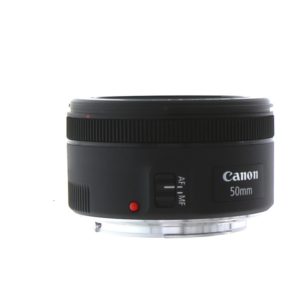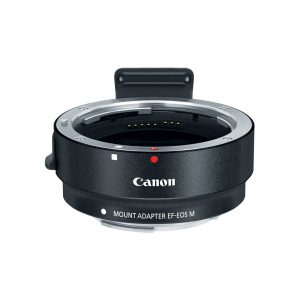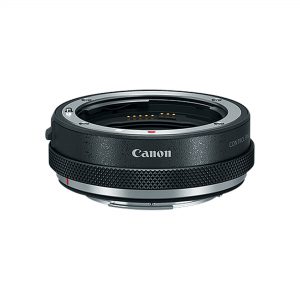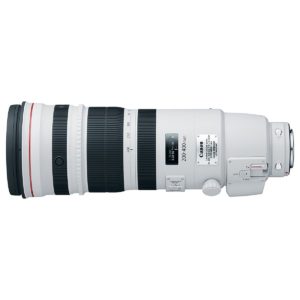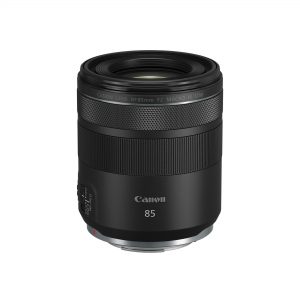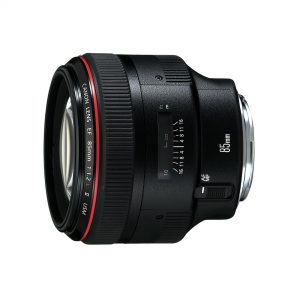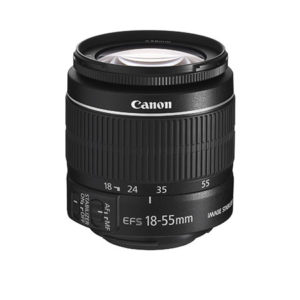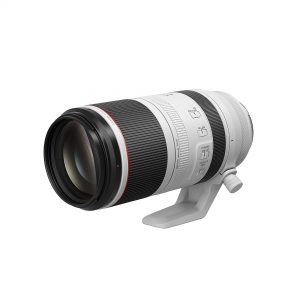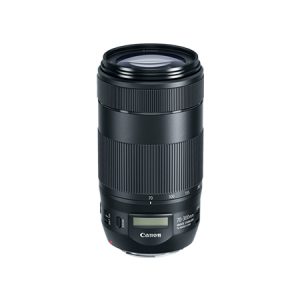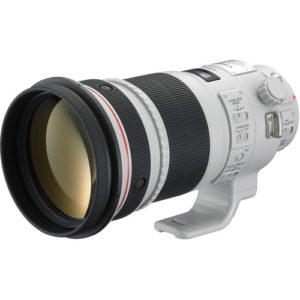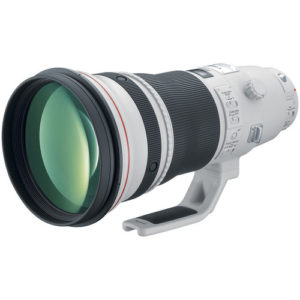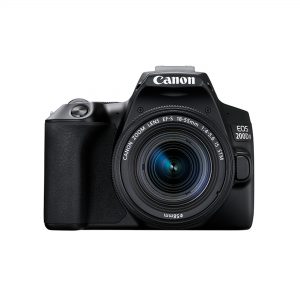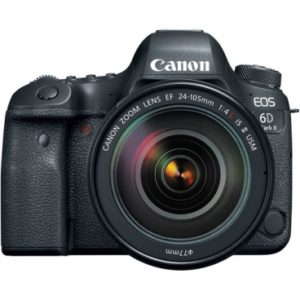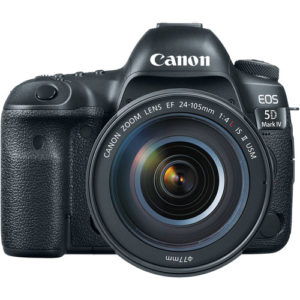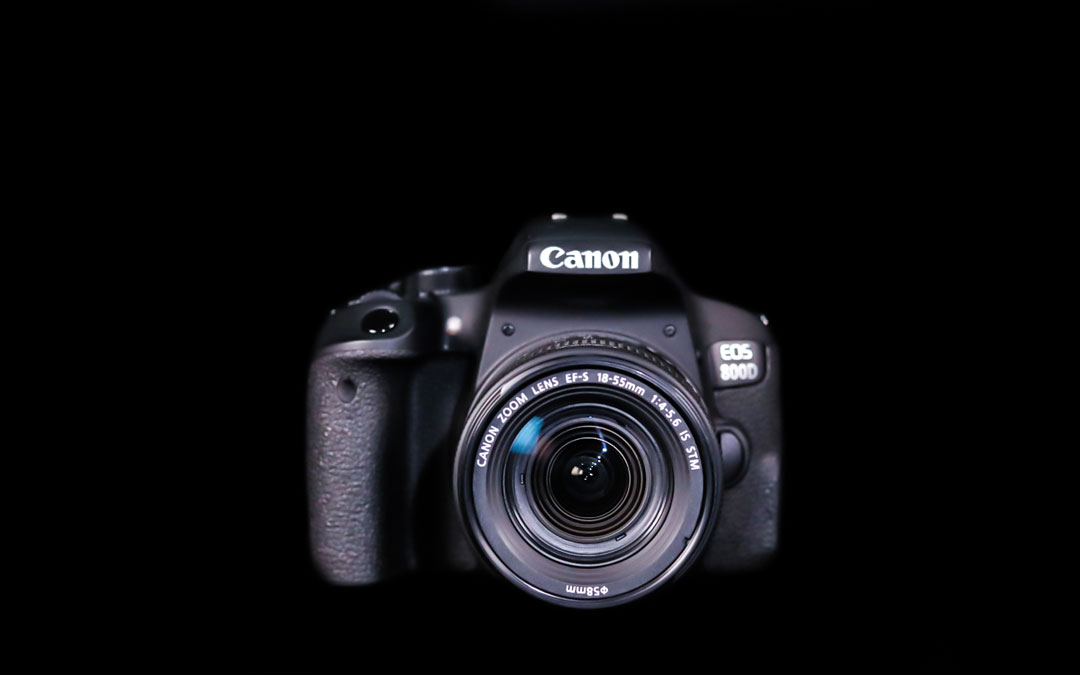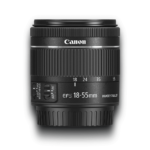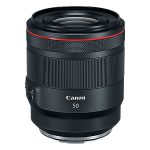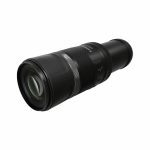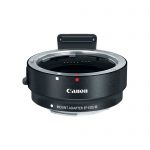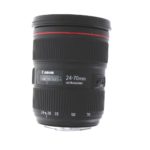Overview
Meeting the ever-increasing demands on image quality that digital photography brings, the redesigned EF 24-70mm f/2.8L II USM is the latest update to the acclaimed L-Series of EF optics, re-establishing a new standard for superb optics, high-end durable construction and performance in professional zoom lenses. A standard focal length zoom lens, it features a large aperture throughout its focal length. Featuring the latest advances in optical lens design, it utilizes 1 Super UD lens element and 2 UD lens elements that help minimize chromatic aberration in the periphery at wide-angle as well as reduced color blurring around the edges of the subject. In addition, 2 types of aspherical lenses are combined to help reduce spherical aberration over the entire image area as well as through the full zoom range. Optimized lens coatings also help ensure exceptional color balance while minimizing ghosting. The lens is also equipped with a circular 9-blade diaphragm for beautiful, soft backgrounds. A ring-type USM and high-speed CPU with optimized AF algorithms enable silent and fast autofocusing. Built for the rigors of professional use as well as to meet the increased number of shots available with digital photography, it’s constructed with improved dust sealing and water resistance while fluorine coatings on the front and rear lens surfaces help reduce soiling, smears and fingerprints. A zoom lock lever locks the zoom position at the wide end for safe transporting while attached to an EOS DSLR camera over the shoulder.
Hand-held low light shooting
The EF 24-70mm f/2.8L II USM’s constant f/2.8 aperture throughout the zoom range makes the lens a great low light performer that’s able to make the most of any available ambient light. The fixed aperture also gives you optimum control over depth-of-field. The new 9-bladed diaphragm produces a circular aperture, which helps to achieve beautifully blurred backgrounds with attractive bokeh. This means your subject can stand out against the background, with no distractions.

Next generation optical design
Featuring the latest advances in optical design, the EF 24-70mm f/2.8L II USM brings together three aspherical elements to provide the highest possible image quality in a lens of this focal length. Significant reduction in chromatic aberration and reduced colour blur means less time in post production with an edge-to-edge sharpness usually only found in prime lenses.
Ground & Polished Glass Aspherical Lens Elements, Aspherical Lens Elements
An aspherical element is a free-curved internal component within your lens that corrects the distortion caused by the curvature of the spherical lens elements.These components are only found in professional quality lenses.Aspherical aberration produced with a standard lens can be avoided by using a higher quality lens with additional aspherical elements.The EF 24-70 f/2.8L II USM has three aspherical elements to separately counteract each of the individual internal aberrations, so your images are exceptionally sharp.

Precision autofocus, with control
A ring-type ultrasonic autofocus motor means that you can focus quickly, near-silently and with precision. It also provides override manual focus allowing you to stay in control. This helps you to adjust the focus accurately to ensure it is exactly where you want it to be for the most creative control.

L-series build quality
Only the best technology and production techniques go into the building of each L-series lens. Part of the prestigious ‘Luxury’ line up, these lenses showcase the very best that Canon have to offer.
The EF 24-70mm f/2.8L II USM is engineered from the highest quality materials, which makes it robust enough for daily professional use. Weather sealing protects against dust and moisture, while fluorine-coated front and rear elements are easy to clean.



